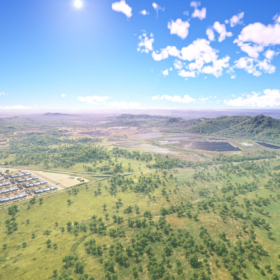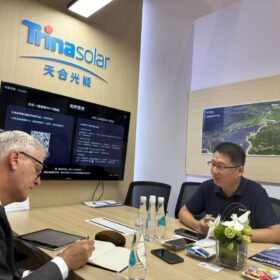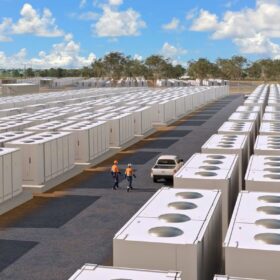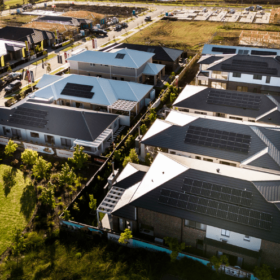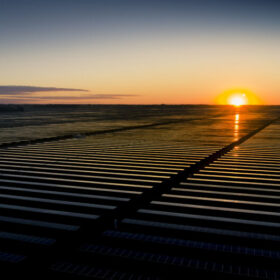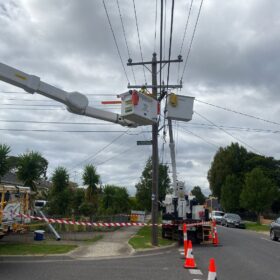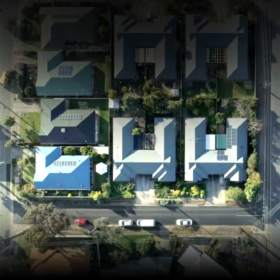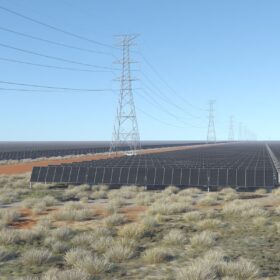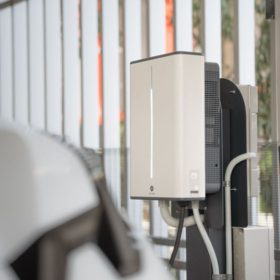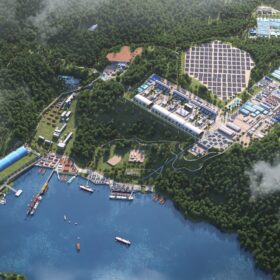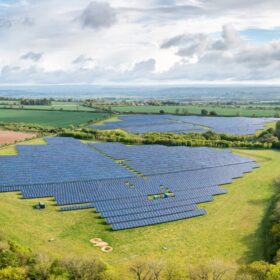Brisbane battery manufacturer makes moves into US market
Queensland battery manufacturer Vaulta has partnered with American company eFinery Energy to explore the feasibility of deploying its battery systems in the United States and establishing a licensed assembly facility in that country.
NSW green bank backs energy projects with $1 billion purse
The New South Wales government’s new green bank is now open for business with an initial $1 billion In funding available to accelerate key energy projects to support the state’s shift from coal-fired power generation to renewables.
Stanwell exits Gladstone green hydrogen project
Queensland’s largest green hydrogen project is on the scrap heap after state government-owned Stanwell Corporation announced its withdrawal from the international consortium developing the estimated $12.5 billion production plant and pipeline.
Trinasolar targeting ‘high-value’ markets
Yang Bao, Trinasolar’s president of global sales and marketing, recently spoke with pv magazine about the company’s strategy for the solar and energy storage business.
Alinta gives construction go-ahead for 250 MW battery project in South Australia
Alinta Energy has locked in construction of the first 250 MW / 1,000 MWh stage of a 500 MW, four-hour battery energy storage system planned for South Australia and appointed local construction firm GenusPlus Group as principal contractor.
Sinovoltaics tracks 86.5 GW of module output capacity for Southeast Asia
PV module manufacturing capacity in Southeast Asia has reached 86.5 GW across 61 active sites, according to Hong Kong-based quality assurance firm Sinovoltaics. The figures come from the company’s latest “Southeast Asia Solar Supply Chain Map” report.
The solar battery rebate scheme must not become ‘Pink Batts 2.0’
The Albanese Government’s $2.3 billion solar battery rebate scheme is one of the most exciting developments Australia’s energy sector has seen in years but if we don’t get the rollout right from day one, we risk undermining everything this scheme stands for and repeating the disastrous mistakes of the Pink Batts program.
Future NEM reliability forecast to flounder without investment increase
AEMO forecasts potential reliability gaps as early as 2026-27 in South Australia and 2027-28 in New South Wales, based on current committed and anticipated projects, but new investment would narrow the risks.
Smart data unlocks solutions for network challenges
As Australia’s distribution network service providers grapple with challenges sparked by the rise of distributed energy resources, EA Technology says leveraging insights from grid-edge intelligence can unleash the full potential of their networks.
Eku Energy enters NZ with 300 MW battery project purchase
Eku Energy has bought a major battery energy storage project in New Zealand’s North Island to build out its storage assets.


